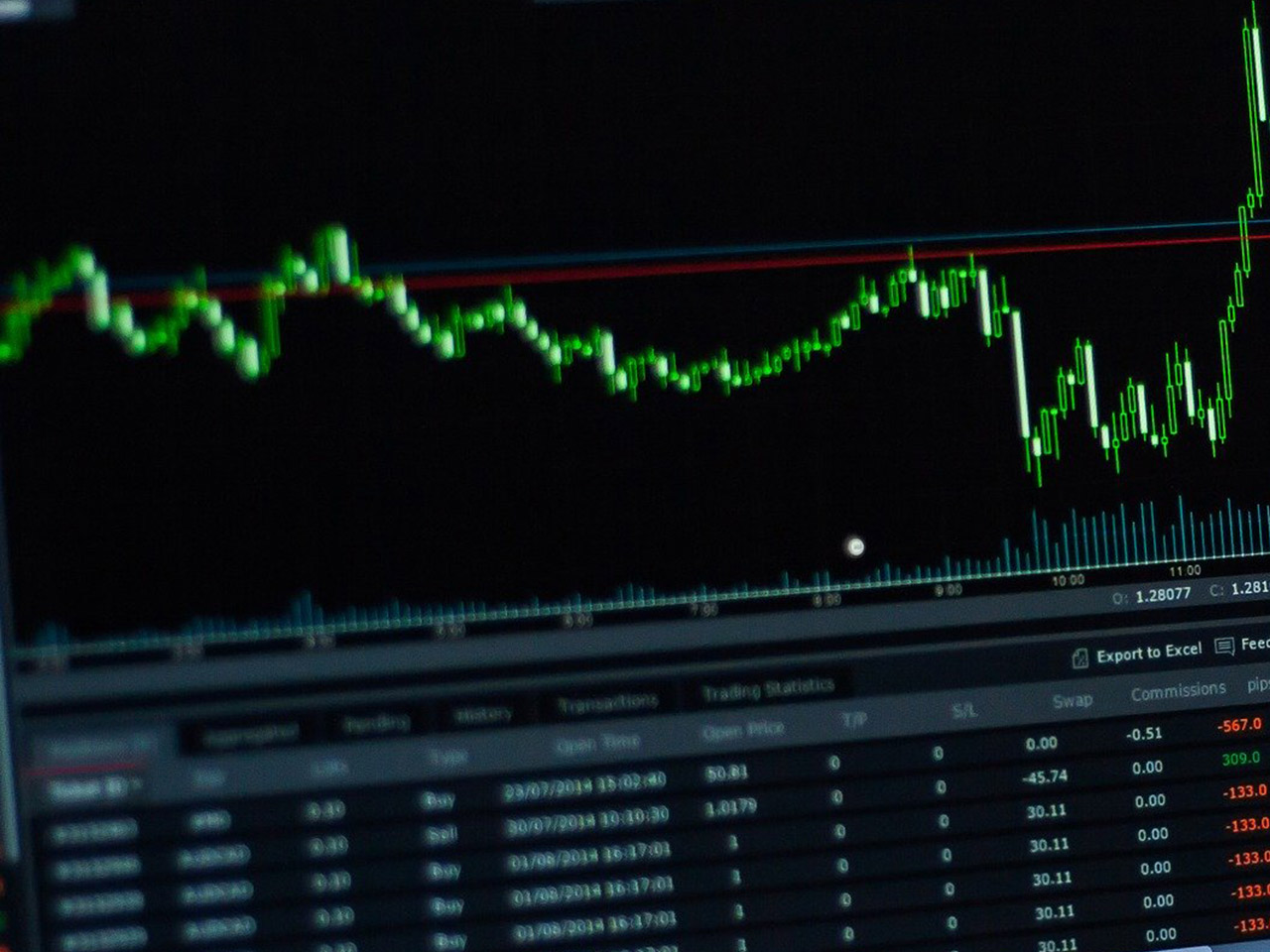Ashmore Group PLC (ASHM.L), a stalwart in the asset management industry, presents a complex picture for investors today. With its primary focus on emerging markets, the London-based firm navigates the turbulent waters of global markets, striving to deliver value to both retail and institutional clients. Despite some challenging metrics, Ashmore’s attractive dividend yield and strategic position in the financial services sector provide compelling talking points for potential investors.
Ashmore Group’s stock is currently trading at 189.3 GBp, with a recent slight price change of 1.40 GBp (0.01%). Over the past year, the stock has traded between 125.10 GBp and 215.80 GBp, reflecting a wide range of investor sentiment and market conditions. The company’s market capitalization stands at $1.23 billion, placing it as a significant player within the asset management industry, despite the pressures it faces.
Valuation metrics present a mixed bag for Ashmore. The company’s Forward P/E ratio is a staggering 2,434.73, which is atypically high and suggests potential overvaluation or expectations of significant earnings volatility. This ratio could also be a result of low expected earnings, which is further underscored by the lack of a trailing P/E ratio and PEG ratio. Such figures can be disconcerting for value investors who focus on traditional valuation metrics.
On the performance front, Ashmore has faced a challenging year, with revenue growth declining by 31.30%. However, a Return on Equity of 10.12% and a free cash flow of £92.225 million provide some reassurance of the company’s operational efficiency and liquidity. Earnings per share (EPS) stand at 0.12, suggesting modest profitability in the current climate.
What might catch the eye of income-focused investors is Ashmore’s dividend yield of 8.99%, significantly higher than industry averages. However, the high payout ratio of 143.59% raises sustainability concerns, as it indicates that Ashmore is paying out more in dividends than it earns, potentially relying on reserves or debt to maintain these payouts.
Analyst sentiment towards Ashmore is mostly cautious, with one buy rating, six hold ratings, and three sell ratings. The average target price is 159.50 GBp, which implies a potential downside of 15.74% from the current price. This discrepancy between the current price and analyst targets suggests that investors should proceed with caution, especially given the volatile nature of emerging market investments.
Technical indicators provide some insights into Ashmore’s recent market performance. The stock is trading above its 50-day moving average of 177.39 GBp and its 200-day moving average of 162.33 GBp, which generally signals a positive trend. However, the Relative Strength Index (RSI) at 12.90 indicates that the stock is in oversold territory, potentially signaling a buying opportunity for contrarian investors.
Ashmore Group’s investment strategy, which combines fundamental analysis with a focus on emerging markets, positions it uniquely within the asset management industry. However, investors must weigh the potential rewards against the risks, particularly in terms of valuation and dividend sustainability. For those with a tolerance for volatility and a focus on income, Ashmore’s high dividend yield might offer a compelling reason to consider this stock, despite its broader challenges.








































